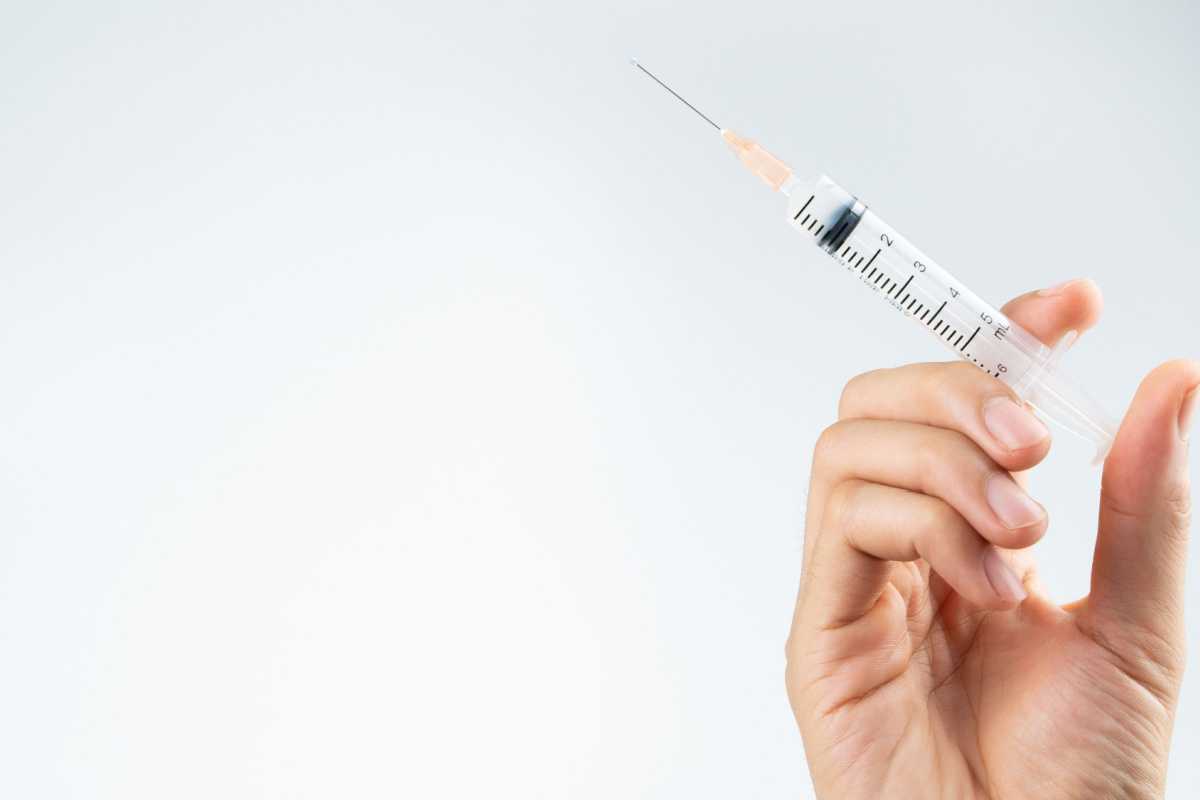Intramuscular injections (IM) are a common route of administration of medications, particularly for drugs that require fast and reliable absorption. IM injections are given into the muscle tissue, where the medication can diffuse into the bloodstream quickly. The gluteal region is a popular site for IM injections because of its large muscle mass, accessibility, and low risk of damaging vital structures. The two most commonly used injection sites in the gluteal region are the ventrogluteal and dorsogluteal sites. In this article, we will compare and contrast the ventrogluteal and dorsogluteal injection sites, and also discuss the subcutaneous injection route.
Ventrogluteal Injection Site
The ventrogluteal injection site is located in the hip region, between the greater trochanter and the anterior iliac crest. The ventrogluteal site is considered the safest and most reliable injection site for adults and children over 7 months old. The muscle at this site is well developed, and there are few nerves and blood vessels, making it an ideal location for IM injections.
According to research, the ventrogluteal site has fewer complications and is less painful than the dorsogluteal site. A study by Ozturk et al. (2016) found that the ventrogluteal site had a lower incidence of bleeding, hematoma, and pain compared to the dorsogluteal site. In addition, the ventrogluteal site had a higher absorption rate and lower variability in drug absorption than the dorsogluteal site.
The ventrogluteal site is also less likely to cause injury to the sciatic nerve, which runs through the dorsogluteal site. The sciatic nerve is the largest nerve in the body, and damage to it can cause severe pain and disability. The ventrogluteal site, on the other hand, has few nerves and blood vessels, reducing the risk of nerve injury.
Dorsogluteal Injection Site
The dorsogluteal injection site is located in the buttock, in the upper outer quadrant of the gluteal muscle. Historically, the dorsogluteal site was the most commonly used site for IM injections. However, over time, it has been found to have a higher risk of complications, such as nerve injury, infection, and pain, than the ventrogluteal site.
A study by El-Rahman et al. (2015) found that the dorsogluteal site had a higher incidence of nerve injury than the ventrogluteal site. The study also found that patients who received injections at the dorsogluteal site reported more pain and discomfort than those who received injections at the ventrogluteal site.
Despite its drawbacks, the dorsogluteal site is still used in some situations, such as when the ventrogluteal site is not accessible or when the patient cannot tolerate the position required for a ventrogluteal injection.
Subcutaneous Injections
Subcutaneous (SC) injections are given into the layer of tissue just beneath the skin. SC injections are used for drugs that need to be absorbed slowly, such as insulin and some vaccines. The most common sites for SC injections are the abdomen, thighs, and upper arms.
Compared to IM injections, SC injections are less painful and have fewer complications. However, SC injections are not suitable for all drugs, as some drugs require the rapid absorption provided by IM injections. In addition, the amount of drug that can be administered via the SC route is limited, as the subcutaneous tissue can only accommodate a small volume of medication.
Conclusion
In conclusion, the ventrogluteal injection site is generally considered the safer and more reliable option for IM injections compared to the dorsogluteal site. The ventrogluteal site has fewer complications, less pain, and a higher absorption rate than the dorsogluteal site. Additionally, the ventrogluteal site is less likely to cause nerve injury. However, the dorsogluteal site may still be used in certain situations, such as when the ventrogluteal site is not accessible. Subcutaneous injections are a less invasive option for some medications, but are not suitable for all drugs. Ultimately, the choice of injection site should be based on the patient’s individual needs and the medication being administered.
If you have any additional questions about this topic, contact the HRT Doctors Group today! We will do our best to answer your questions.
Questions and Answers
The ventrogluteal site is located on the side of the hip, near the gluteus medius muscle. It is identified by placing the palm of the hand on the greater trochanter, with the index finger pointing towards the anterior superior iliac spine and the middle finger stretched dorsally.
The dorsogluteal site is located in the upper outer quadrant of the buttock, involving the gluteus maximus muscle. It is traditionally identified by dividing the buttock into four quadrants and using the upper outer section to avoid the sciatic nerve.
The ventrogluteal site is considered safer due to its lower risk of hitting major blood vessels or nerves, including the sciatic nerve, which is a potential risk in the dorsogluteal site.
The dorsogluteal site is less recommended because of its proximity to the sciatic nerve and major blood vessels, increasing the risk of complications such as nerve injury or hematoma.
The ventrogluteal site offers advantages such as being away from major nerves and blood vessels, less fat deposition, and better accessibility for accurate landmarking, making it safer and more reliable.
Potential complications include injury to the sciatic nerve, accidental intravascular injection, pain, and hematoma formation.
To locate the ventrogluteal site, place the palm on the greater trochanter, the index finger pointing to the anterior superior iliac spine, and the middle finger spread dorsally towards the iliac crest. The injection site is in the “V” formed between the index and middle fingers.
The ventrogluteal site can accommodate up to 3 mL of medication safely in adults.
The dorsogluteal site may still be used in certain scenarios due to familiarity, ease of access when the patient is lying down, or when large volumes of medication are required, provided proper precautions are taken.
For ventrogluteal injections, the patient can lie on their side with the upper leg slightly bent or stand with weight shifted to the opposite leg to relax the muscle. Proper positioning ensures better access and reduced discomfort.
